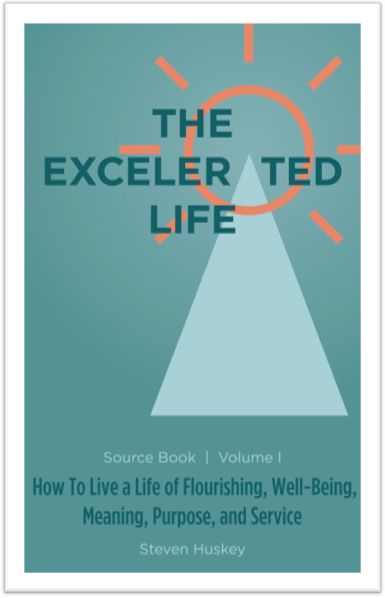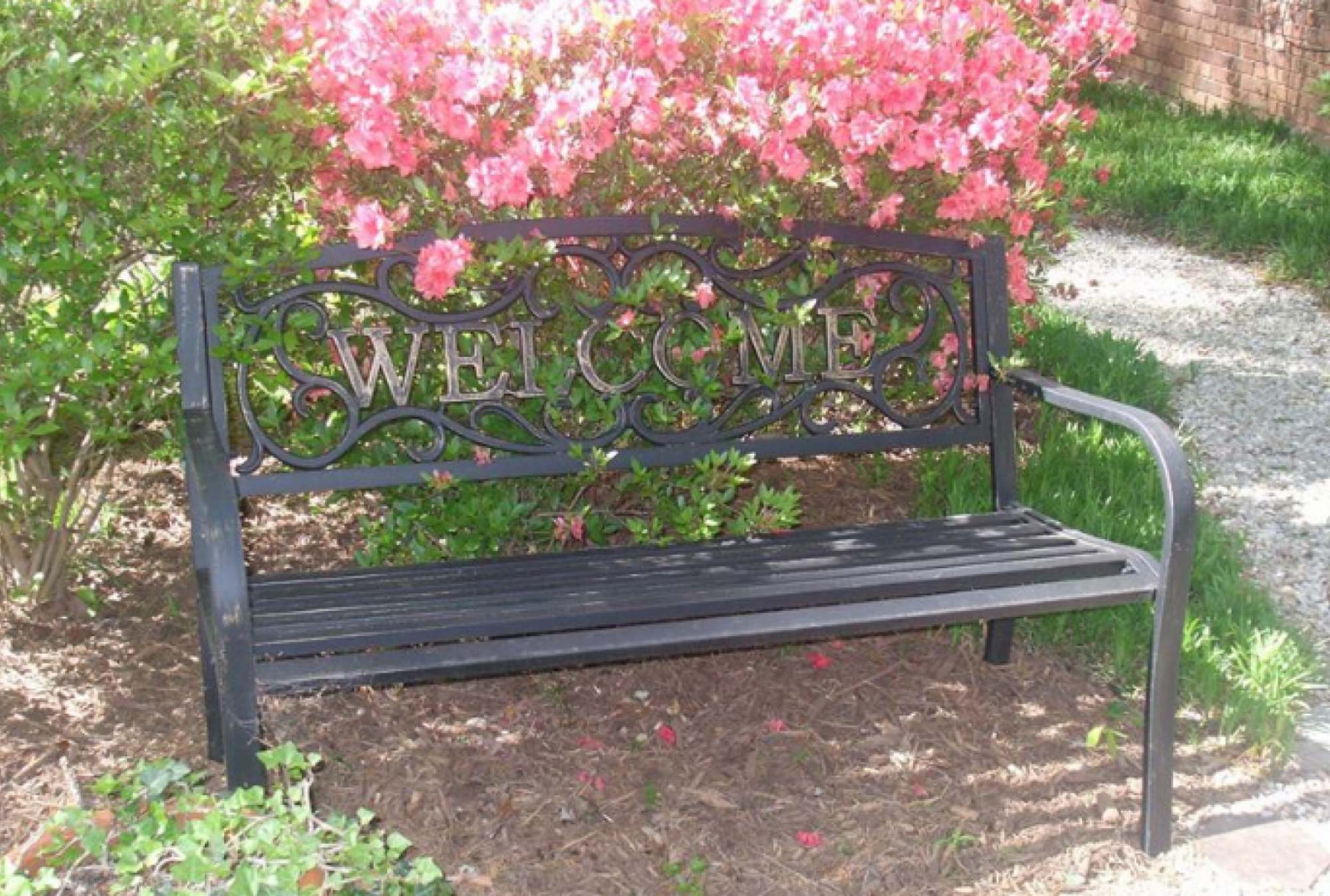Healthy relationships are not based on luck, they are built through consistent effort. Like building a house, building and maintaining strong relationships requires deliberate effort and the application of various skills. By learning and using these skills, we can build deeper, more meaningful connections.
Building a Relationship is Like Building a House
I’ve been watching some new townhomes being built in a neighborhood next to mine. As I was thinking about writing on Excelerated Relationships™, I began contemplating building relationships in terms of building a new house.
Both relationships and houses require a solid foundation upon which to build. Just as a house needs a strong foundation to stand the test of time, a relationship requires a solid base of trust and respect. Without this foundational layer, the structure of the relationship may crumble under pressure.
The framing of a house represents the structure and framework. In relationships, this is akin to the shared experiences, communication, and mutual understanding that give shape and direction to the bond. Proper framing ensures that the relationship can support future growth.
Once the framing is complete, the walls and a roof are added to provide protection and privacy. Similarly, in a relationship, boundaries and mutual respect create a safe space where both parties can feel secure and valued. These elements help protect the relationship from external pressures.
Interior design adds personality and comfort to a house. Similarly, the day-to-day interactions, shared interests, and activities enrich a relationship. The effort you put into understanding each other’s likes, dislikes, and needs adds depth and warmth to your bond.

Of course, regular maintenance is essential to keep a house in good condition. Relationship maintenance involves ongoing care, open communication, and effort. Addressing issues promptly and making time for each other helps keep the relationship strong and resilient.
As a house is used over time, renovations and upgrades may be needed to adapt to new needs or preferences. In relationships, this can be seen in the ways partners grow together, adapt to changes, and continuously work on improving their connection. These are keys to long-term relationships.
Just as you celebrate the completion of a house or its milestones, celebrating achievements and special moments in a relationship strengthens the bond and creates lasting memories.
Houses are built brick by brick, piece by piece, in small steps over time. Relationships are built and strengthened step by step, in small actions over time. Whether you are building a new relationship, remodeling an old relationship, or keeping an existing one strong through maintenance, here are some things to think about and maybe some ideas you’ll find helpful.
What Do Healthy Relationships Look Like?
Before a builder starts on a new house, he or she has a clear picture in his or her head of what the house looks like. Then, using plans and blueprints, the builder brings the vision into reality. This is in accordance with Stephen Covey’s 2nd Habit: Begin with the end in mind. It’s based on “the principle that all things are created twice. There’s a mental or first creation and a physical or second creation to all things.” [Covey]
Whether you are starting a new relationship, or attempting to rebuild an old, damaged one, it’s a good idea to know what a healthy relationship looks like. Here are seven areas to examine: communication, trust, time, appreciation and kindness, being of service, forgiveness, and respect.
Effective communication is the cornerstone of strong relationships. This involves both expressing yourself openly as well as practicing active listening. Ensure your partner feels heard and understood by reflecting back what you hear and pausing before responding. Open dialogues about issues prevent resentment and misunderstandings. And remember, we were given two ears and one mouth, so listen more than you speak.
Trust is built through reliability, honesty, and consistency. Both parties must feel secure in their dependability on each other. Allowing your partner personal space without suspicion also strengthens trust and prevents feelings of suffocation.
Investing time in relationships is vital. Whether through daily interactions or dedicated activities like date nights or family outings, spending quality time together reinforces bonds and shows commitment.
Regularly showing appreciation prevents taking each other for granted. Small acts of kindness and gratitude, such as saying thank you or performing unexpected acts of service, can significantly strengthen relationships. “If you have the choice between being right and being kind,” Dr. Wayne Dyer said, “choose being kind.” Keep this in mind when you are having a disagreement.
Focus on what you can give to the relationship rather than what you can get. Acts of service demonstrate care and commitment, fostering a sense of mutual support and reciprocity.
Forgiveness is essential for overcoming misunderstandings and mistakes. Holding grudges can damage relationships while practicing compassion and acceptance helps navigate challenges and maintain harmony.
Mutual respect underpins all other relationship skills. It ensures that disagreements and issues can be managed constructively without damaging the relationship’s foundation.
Why We Need Healthy Relationships
The phrase “We’re all in this together” became prevalent during the COVID-19 pandemic of the early 2020s and highlighted our basic need for human connection. This sentiment, though a cliché, underscores the timeless truth that relationships are fundamental to our well-being.
Martin Seligman, a pioneer in Positive Psychology, developed the PERMA model of flourishing and well-being. PERMA is the acronym for Positive emotion, Engagement, Relationships, Meaning, and Accomplishment. Including relationships as one of the core needs emphasizes the necessity of healthy relationships for flourishing as they contribute to better health, positive emotions, and resilience. [Seligman]
Humans are inherently social beings, with a need for both numerous and deep relationships. The quality of these connections profoundly impacts our well-being.
Strong relationships are as vital to our health as sufficient sleep, healthy eating, and avoiding smoking. They are associated with better overall health, greater happiness, and longer life. Lack of social connections can lead to elevated stress and inflammation, negatively affecting various bodily systems, including the brain.
Another Positive Psychology founder, Christopher Peterson famously said that the concepts of Positive Psychology could be succinctly stated as “Other people matter.” Strong social ties are a hallmark of happy, resilient individuals. Research by Seligman and Ed Diener found that the happiest people have robust connections with family and friends. While happiness cannot be pursued directly, it arises as a by-product of nurturing relationships.
Finally, healthy relationships enhance resilience, helping individuals recover from setbacks. Social support mitigates stress responses and provides emotional outlets, thereby strengthening our ability to cope with adversity.

How to Build Healthy Relationships
Healthy relationships are not based on luck, they are built through consistent effort. First, keep in mind the keys to a healthy relationship: communication, trust, time, appreciation and kindness, being of service, forgiveness, and respect. This is your blueprint, your “first creation”. And when things get tough, as they sometimes will, remember the health benefits, physical, mental, and emotional, that come from strong, loving relationships. Then, do these things.
- Practice the Platinum Rule: Go beyond the Golden Rule (treat others as you want to be treated) by treating everyone you encounter as the most important person on earth.
- Active-Constructive Responding: Respond with enthusiasm and interest to others’ good news. This strengthens bonds and makes significant emotional deposits. Avoid responses that are passive or destructive, as these can diminish the value of the relationship. Be sincere and enthusiastic.
- Show Appreciation: Regularly express gratitude for the other person’s actions and contributions. Small acts of kindness go a long way.
- Listen Actively: Listening actively and empathetically is crucial. Ensure you understand the other person’s perspective before presenting your own. Asking clarifying questions and repeating back what you heard promotes deeper understanding and prevents misunderstandings.
- Ask “How Can I Help?”: This question demonstrates care, respect, and humility, fostering a supportive and collaborative relationship. It shows a willingness to listen and understand the other person’s needs before offering help. [Ryan]
Relationships require ongoing effort and commitment. Regular, small deposits into emotional accounts prevent overdrafts and ensure support during difficult times. Persistence in nurturing relationships pays off, creating a network of support and happiness.
Actions
To start (or continue) building healthy relationships, remember these principles of building:
- Start with a strong foundation of respect and trust.
- On this foundation, build a framework of open communication, shared experiences, and understanding.
- For protection and privacy, set and honor boundaries and respect each other to create a safe space of sharing. Value each others’ differences.
- Add personality and comfort to your relationships through shared interests and activities, taking into account each other’s likes and dislikes.
- Keep your relationships in good working condition through ongoing care, open communication, and making time for each other.
- As the relationship grows and evolves, look for ways to grow together, to adapt to changes, and to continuously improve your connection.
- Celebrate achievements and special moments in your relationships and create lasting memories.
These are the keys to long-term relationships.
Building Strong Relationships
Healthy relationships are indispensable for our happiness, health, and productivity. They are essential for flourishing and resilience. Building and maintaining strong relationships requires deliberate effort and the application of various skills.
By investing time, showing appreciation, practicing effective communication, and fostering trust, kindness, and forgiveness, you can nurture meaningful connections that enrich your life. By practicing empathy, positivity, and emotional responsiveness, we can build deeper, more meaningful connections. And that is a fundamental step in embracing your Excelerated Life™!
Do any of your relationships need a little TLC?
What is one step you could take today to begin building stronger relationships?
Share your experience by leaving a comment below.
Developing Excelerated Relationships™ — nurturing ties to other people — is one practice for creating your Excelerated Life™, a life of flourishing and well-being, and a life of meaning, purpose, and service.
Read more about the Excelerated Life™ .
Resources:
Covey, Stephen R. The Seven Habits Of Highly Effective People. New York: Simon & Schuster, 1989.
Ryan, James E. Wait, What? And Life’s Other Essential Questions. New York: HarperCollins Publishers Inc., 2017.
Seligman, Ph.D., Martin E. P. Flourish. New York: Free Press, 2011.
This blog post includes research information and suggestions provided by ChatGPT, an AI language model developed by OpenAI. The content was generated with AI assistance and is intended to provide information and guidance. Please note that the suggestions are not official statements from OpenAI. To learn more about ChatGPT and its capabilities, you can visit the OpenAI website.



Very useful information for people who are honest, hopeful and respectful about other’s feelings but unfortunately lack the skills of communicating their own mutual feelings only to protect the dignity and respect of others in an environment when there’s no other means of connecting through private messaging channels. It gets chàllenging for a person with dignity and grace to ask for a private means of communication.
Communicating your feelings in a relationship can be difficult. For a relationship to thrive, there must be mutual respect. A one-sided relationship isn’t much of a relationship at all.